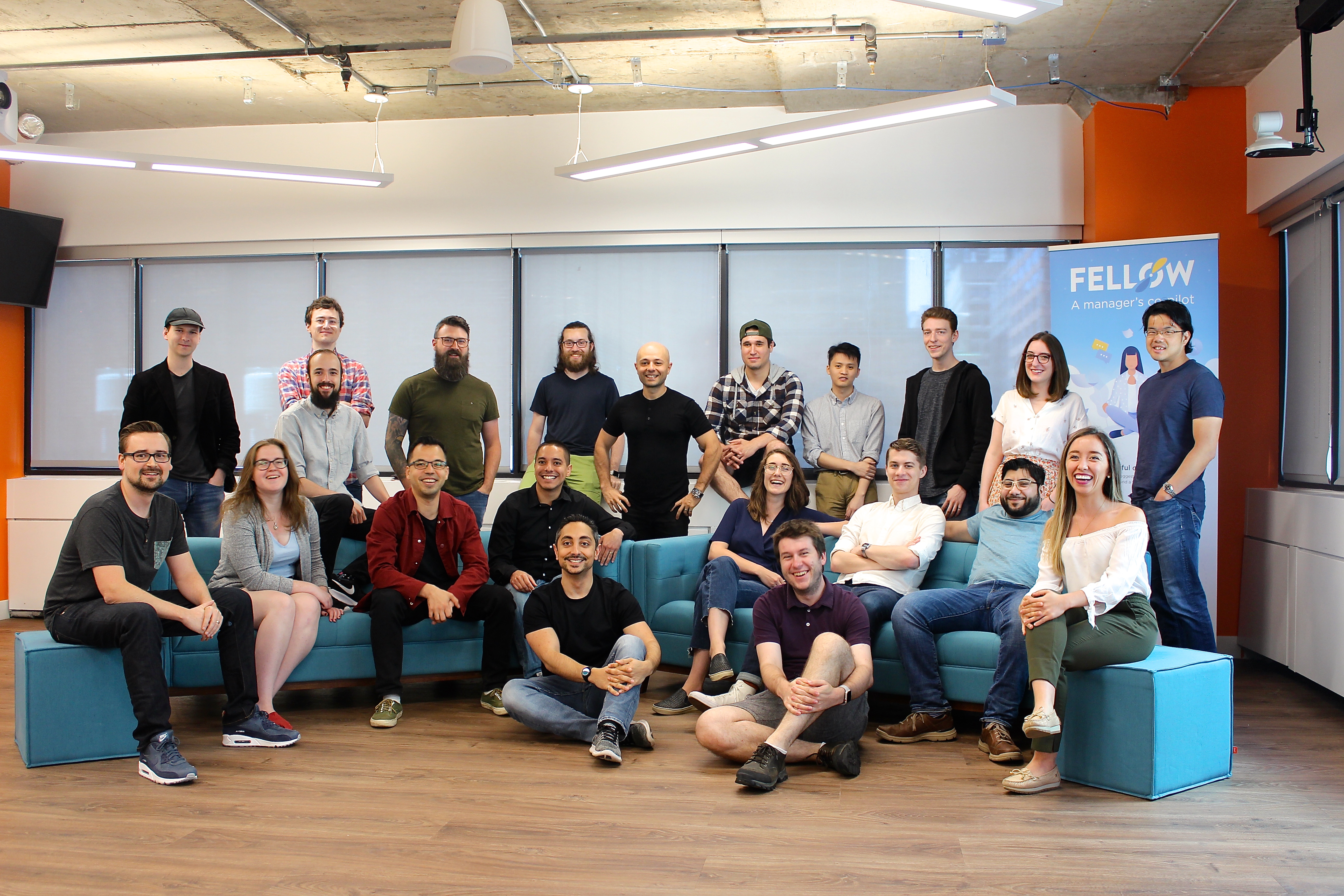After twenty five years of research, scientists at the Massachusetts Institute of Technology think that they have finally cracked the code for the commercialization for nuclear fusion reactions.
Commonwealth Fusion Systems is the fruit of that research. It’s a startup building on decades of research and development that plans to harness the power of the sun to create a cleaner, stable source of energy for consumers. And the company just raised another $50 million in funding from some of the country’s deepest pocketed private investors to continue on its path to commercialization.
The company unveiled its technology and a first $64 million in financing from investors including the Italian energy company, Eni; Breakthrough Energy Ventures, the investment consortium established by the world’s richest men and women, and The Engine, MIT’s own investment vehicle for frontier technologies.
Now Future Ventures, the investment firm created by Steve Jurvetson, Khosla Ventures, Chris Sacca’s Lowercase Capital, Moore Strategic Ventures, Safar Partners, Schooner Capital and Starlight Ventures.
Commonwealth Fusion Systems began as a student project in 2014 whose goal was to reduce the cost of nuclear fusion. The class, which was taught by Dennis Whyte, who is the head of MIT’s Plasma Science and Fusion Center, came up with a new reactor technology they called the ARC (standing for “affordable, robust, compact”). That technology still came in with a few billion dollar price tag — something that would make most investors balk.
So the class went back to the drawing board, trying to come up with a minimum viable product that could produce a net energy gain (with more energy coming out of the reaction than was put in).
Net energy gain is the real sticking point for most nuclear fusion technologies. A few research institutions and projects have been able to achieve a fusion reaction, but maintaining it and getting more power out than was put in has been elusive.
In Europe, the ITER reactor, a $20 billion, multi-national effort, is 60% of the way toward its 2045 target for generating energy. Closer to home, startups like TAE Technologies and General Fusion are two other North American entrants looking at lower-cost ways to generate fusion power. And in the UK, First Light Fusion and Tokamak Energy are trying to put their own spin on fusion power.
For Bob Mumgaard, the chief executive of Commonwealth Fusion Systems, everything appears to be proceeding according to plan. on track. “CFS is on track to commercialize fusion and deliver an inherently safe, globally scalable, carbon-free, and limitless energy source,” he said in a statement.
Commonwealth Fusion expects to have its smallest possible reactor built by 2025 thanks to the research that MIT has done on proprietary magnet technology that the company uses to confine its nuclear reaction. In fact, most of the financing will go toward construction of the full scale magnet technology Commonwealth Fusion uses to contain its reactions.
The ultimate goal is to build a fusion reactor that can generate 50 megawatts of energy either as heat or to create electricity using a steam turbine.
Unlike fusion reactors, which have significant environmental risks, a fusion power plant would be regulated in much the same way as any industrial facility, says Mumgaard. “The hazard profile of fusion continues to put it in [the category of] an industrial facility. The laws exist, but we haven’t gone out and built the plant yet, so no one has the precedent.”
Mumgaard envisions a 200 megawatt scale reactor that could slot into the place of a wind farm or solar power plant.
“You have to keep track of moving towards vs. going to get to,” he says. “The consensus is we do not have a solution in hand for deep decarbonization of the electricity grid. if you look at where the biggest gains even in renewables.. the biggest gains are in the utility scale were you’re talking hundreds of megawatts of power per site.”
Renewable energy alone will not be enough to meet the demand that’s coming from modern metropolises, according to Mumgaard. “There is huge demand for concentrated energy to power the modern lifestyle.
Public opinion on the issue is increasingly divided — especially among nuclear opponents who count themselves as part of the Sunrise Movement behind the Green New Deal that’s been the talk of the town in energy policy circles. But most energy analysts argue for a blended approach and say that to get to zero carbon emissions (the ultimate goal for the scientific community), nuclear power will need to be incorporated into the mix.
“We have been looking for the right clean energy investment opportunity in fusion for the past 20 years, said Steve Jurvetson, chief executive of Future Ventures, in a statement. “We wanted a company that was ready to make a business of fusion and we have finally found it with Commonwealth Fusion Systems. The hard science from which their approach is based has been proven by this team as well as leaders in the field around the world. With some clever engineering, CFS is ready to harness the power of the solar cycle to change the world and usher in the era of clean baseload energy generation for the betterment of all.”






